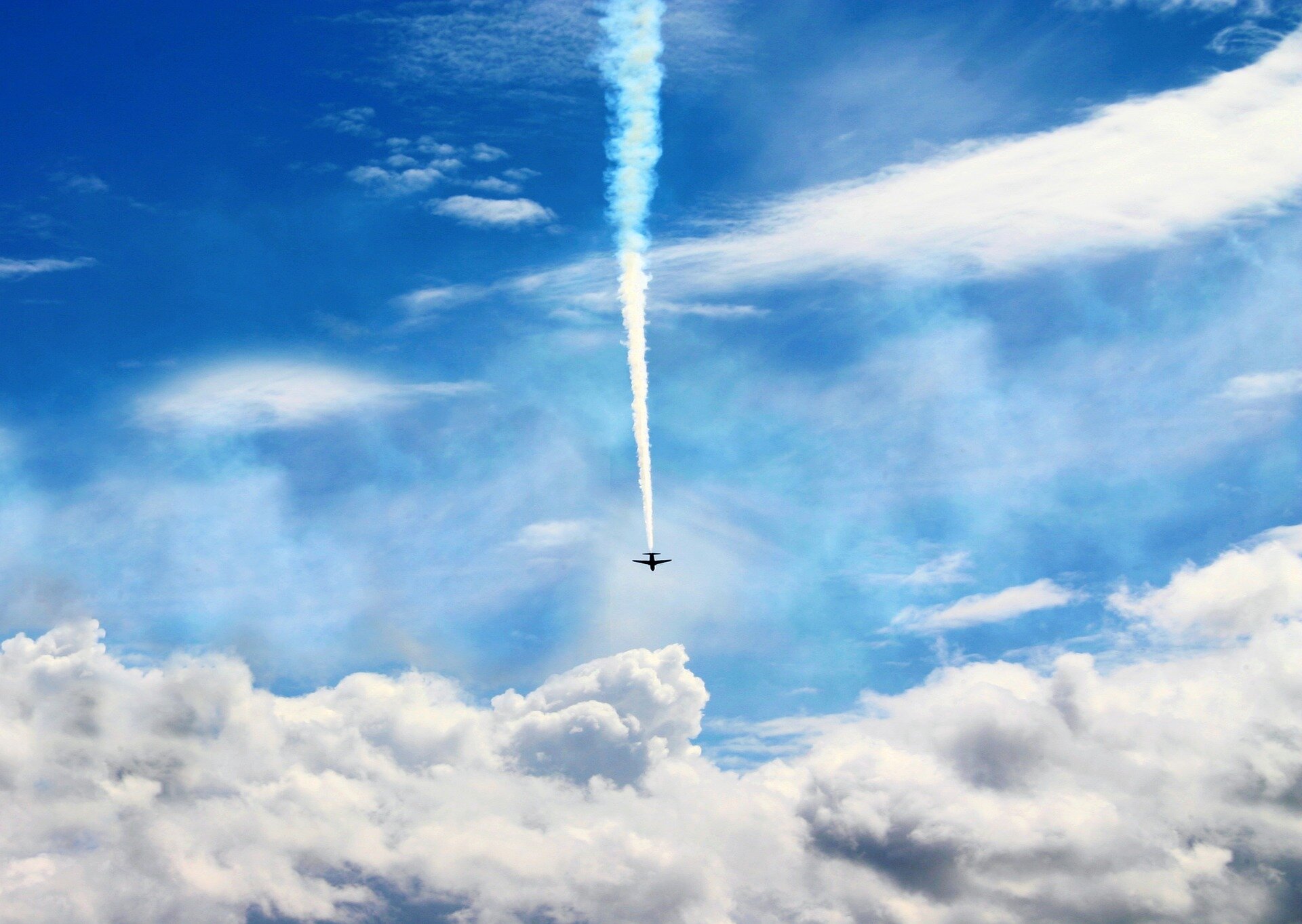Led by scientists at Imperial College London, the study highlights the immense challenges the aviation industry faces to reduce its impact on the climate. The new study also found that private jets produce more contrails than previously thought, potentially leading to outsized impacts on climate warming.
Contrails, or condensation trails, are thin streaks of cloud created by aircraft exhaust fumes that contribute to global warming by trapping heat in the atmosphere.
While the exact warming effect of contrails is uncertain, scientists believe it is greater than warming caused by carbon emissions from jet fuel.
Published in Environmental Research Letters, the study used machine learning to analyze satellite data on more than 64,000 contrails from a range of aircraft flying over the North Atlantic Ocean.
I’m skeptical that a cloud that persists for a few (minutes? hours?) could have more global warming impact than CO2 that persists for years. Has this been peer-reviewed? Have other researchers endorsed their methodology?
-
More info on the cloud formed behind the aircraft or contrail are in the study itself (see link above). If I got it right it is observable from satellite 30 min behind the aircraft, for less than an hour.
-
In relation to your question on if it has been peer reviewed, I could say that to my understanding this is a standard policy of IOP Science (details here).
-
The headline is misleading. On the day of the flight, contrails will make it warmer than the CO2 from that flight, but the CO2 will still be there long after the contrails are gone. Over time, its the CO2 that will have a bigger impact.
Quote from one of the sources referenced by the article:
If the objective is to minimise the aviation contribution to climate change on long time scales (relating to centuries), then reductions in CO2 emissions are much more important than mitigating non-CO2 effects. However, persistent contrails and contrail cirrus have much shorter life times than CO2 emissions (hours versus centuries) and are therefore amenable to rapid mitigation.
Sure the title is not the best, and what you reference is what this 2018 study says.
What I got from the article itself, which is based on a new study published today (7 August 2024), could be summed up, perhaps, by the following:
The new study also found that private jets produce more contrails than previously thought, potentially leading to outsized impacts on climate warming.
This means these higher-flying aircraft create less carbon emissions per passenger. However, it also means they create contrails that take longer to dissipate—creating a warming effect for longer and a complicated trade-off for the aviation industry.
“This doesn’t mean that more efficient aircraft are a bad thing—far from it, as they have lower carbon emissions per passenger-mile. However, our finding reflects the challenges the aviation industry faces when reducing its climate impact.”
The study did confirm a simple step that can be taken to shorten the lifetime of contrails: (…)
Anectodally from spending a significant bit of time at the airside of an airport, private jets are usually louder, and have more noticeable trails than much bigger airliners. They often smell a lot more as well.
deleted by creator


